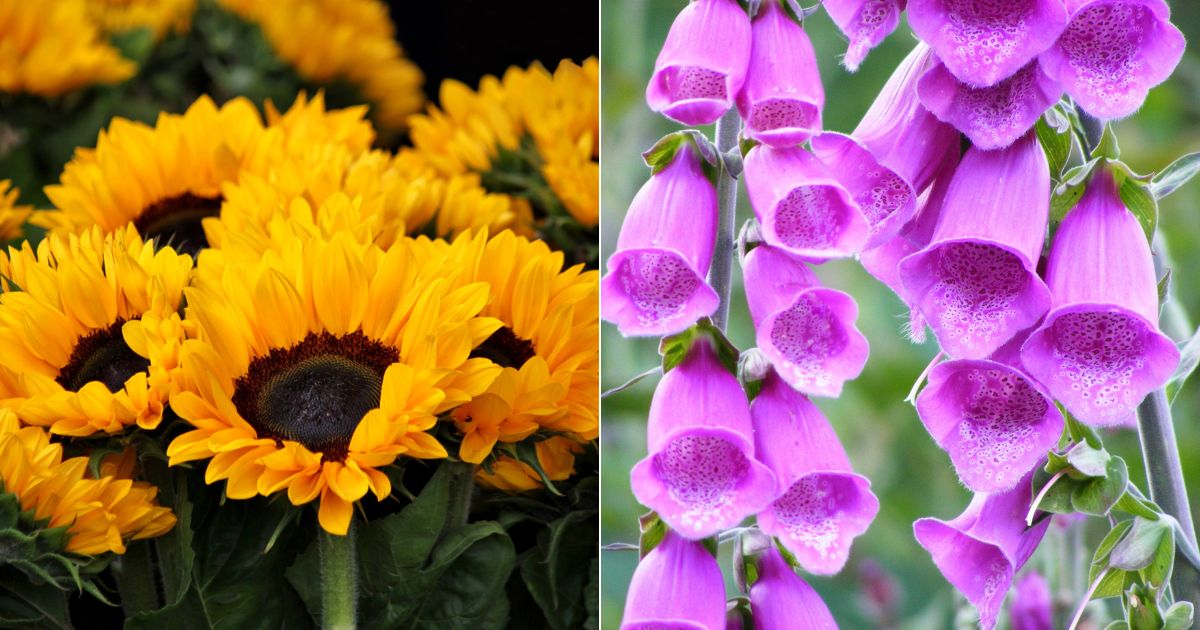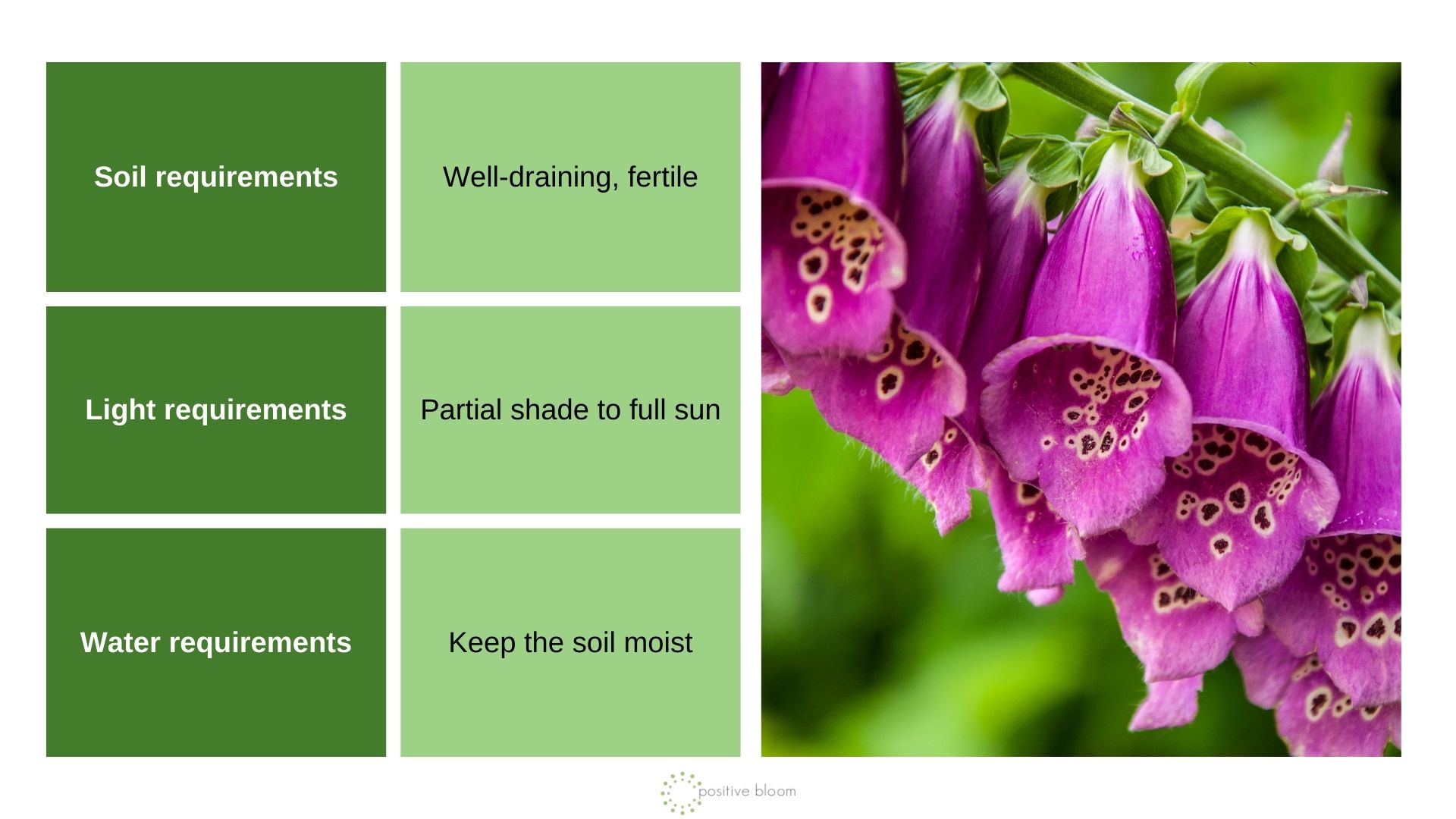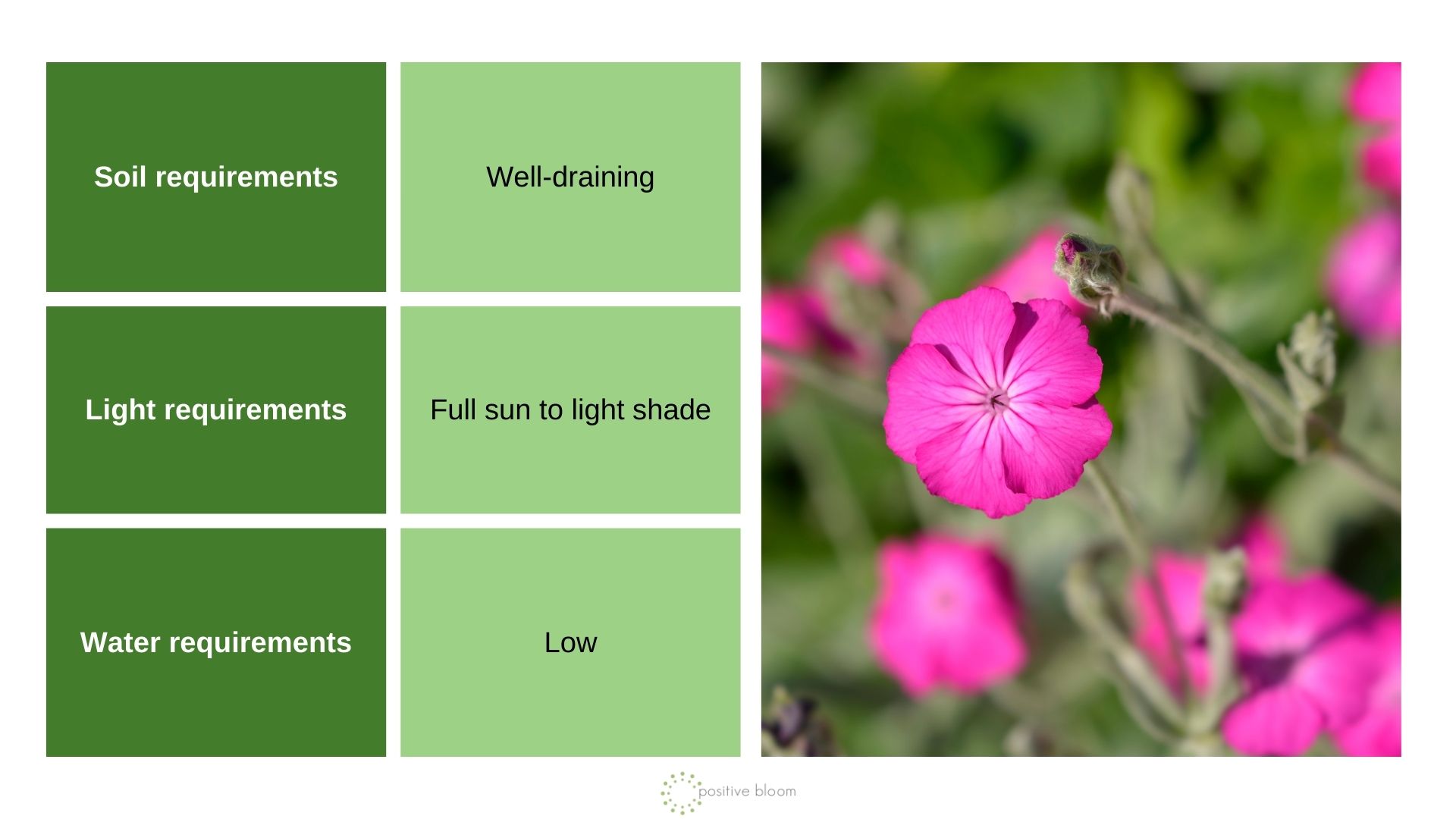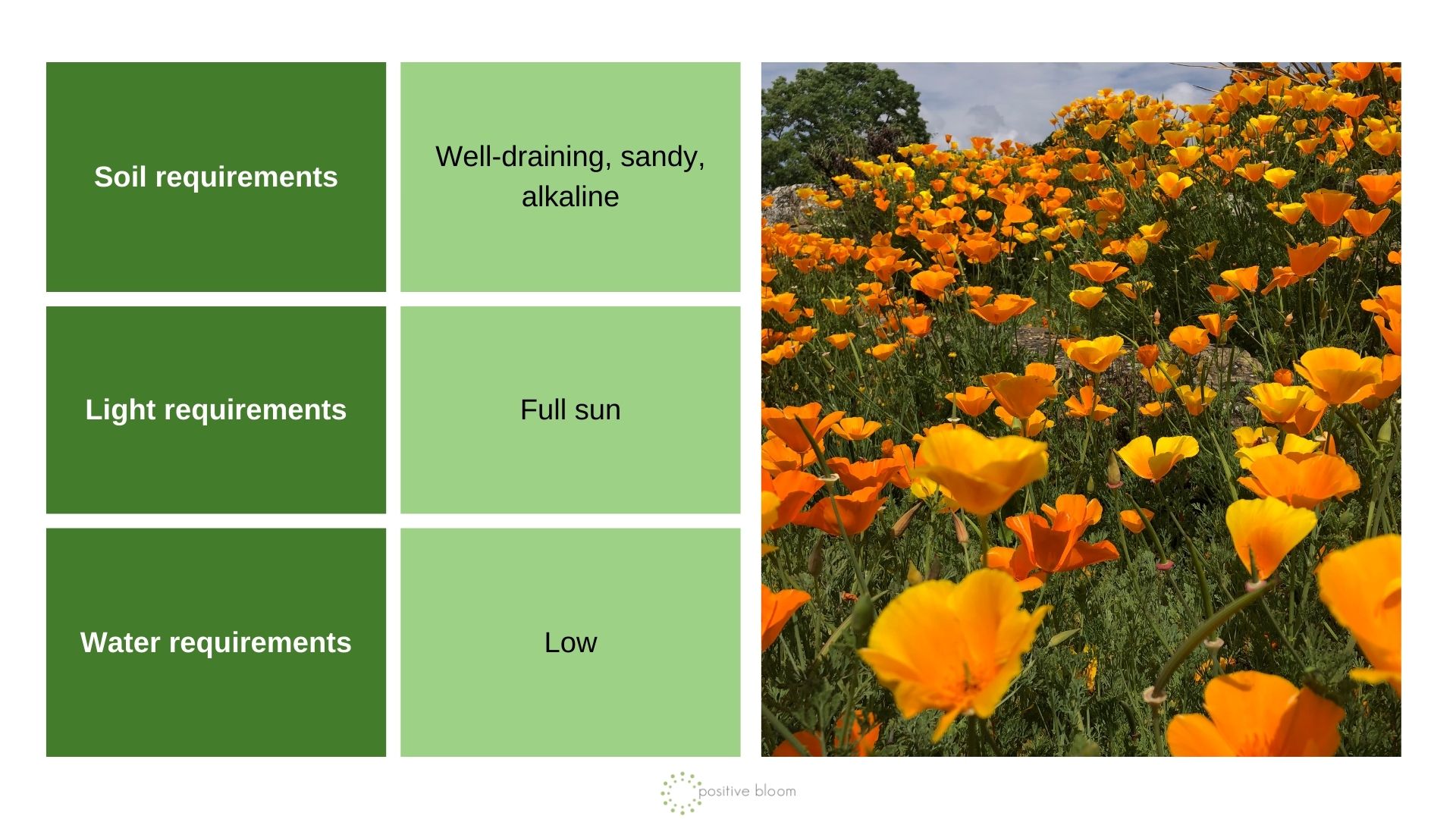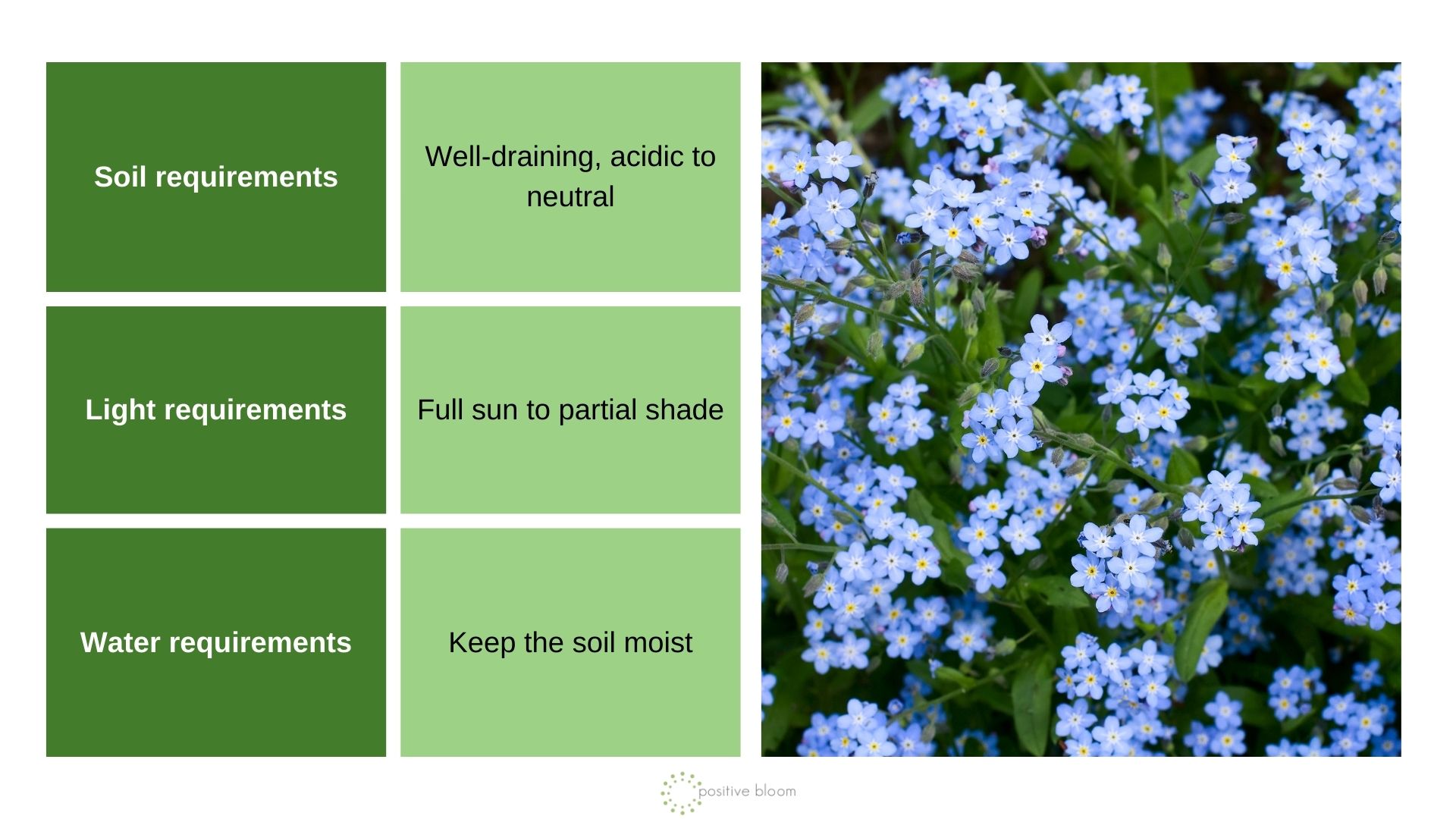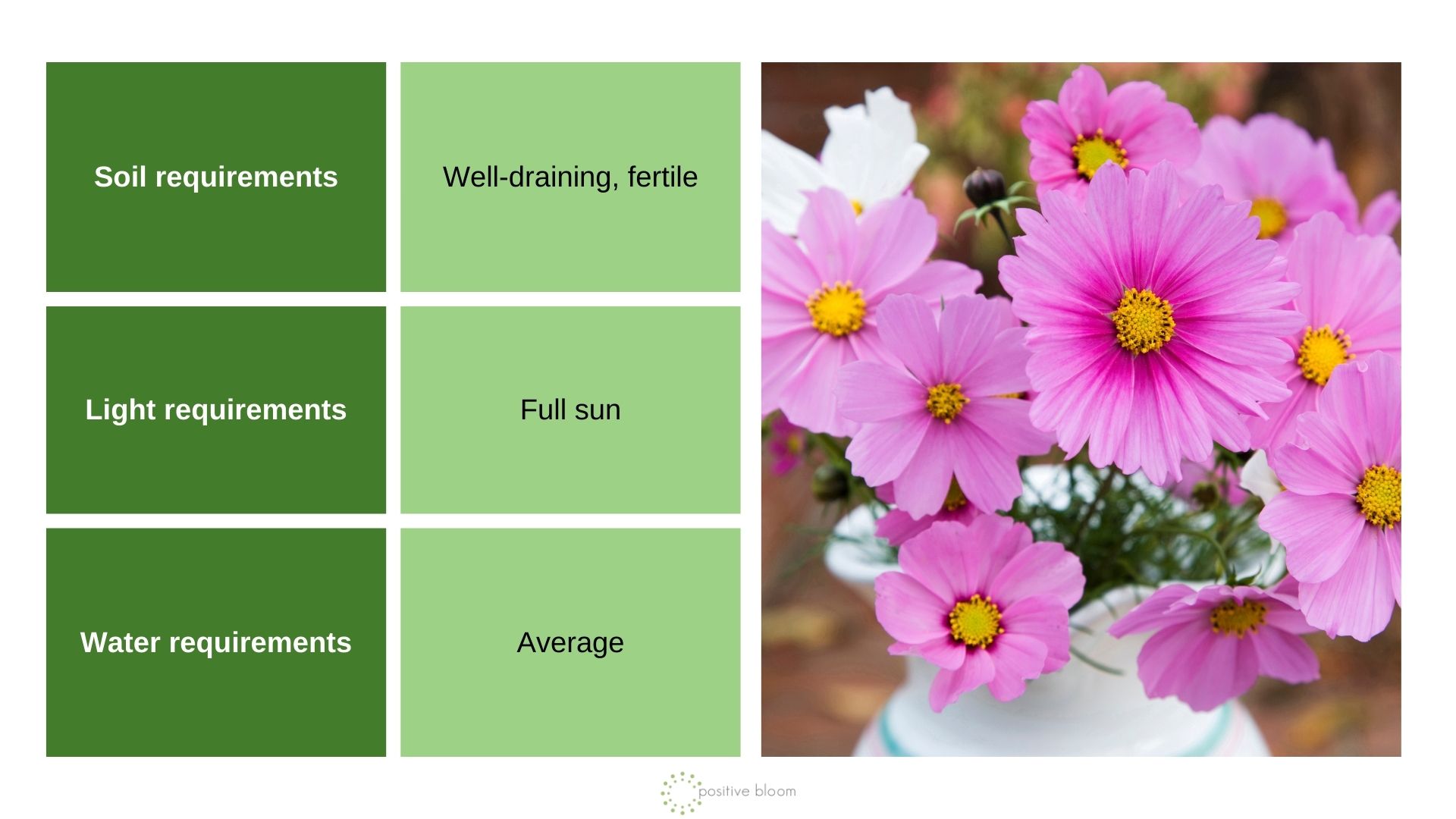Imagine a garden that springs to life year after year without the need for replanting. Well, self-seeding plants make this dream a reality, bringing a touch of magic to your outdoor space every new season.
These plants have seed heads that fall to the ground and produce new growth the following year – you don’t have to do anything besides provide them with the best growing conditions!
In this article, we are going to mention 7 self-seeding plants that will make your garden thrive every year. Let’s meet them and see how to properly take care of them!
1. Sunflower
There’s no better way to brighten up your garden than planting iconic sunflowers!
These lovely plants are known for their tall, thick stems with large, bright yellow flower heads. They are not only beautiful but also provide seeds that attract birds and other wildlife.
Some taller varieties might need additional support but they can generally grow just fine on their own, as long as they are placed in a sunny spot. These flowers can tolerate different soil types, but they grow best in loamy soils that are also well-draining.
Sunflowers are generally drought-tolerant but might benefit from some watering during dry spells. You can also add some sunflower companion plants around them to boost their growth and protect them from pests.
2. Foxglove
Foxglove, also known as Digitalis purpurea, is an old-fashioned flower known for its trumpet-shaped flowers with pink, purple, or white colors. These flowers can be short-lived perennials or biennial. Nonetheless, they can still self-seed readily!
Unique foxglove flowers can reach up to six feet tall, and they are also great for attracting butterflies and hummingbirds to the garden.
These flowers are suitable for growing in USDA hardiness zones 4 through 10. They can grow in both full sun and partial shade, and they also thrive in cooler temperatures between 70 to 90 degrees Fahrenheit.
Keep foxgloves away from children and pets as they are toxic and can cause severe stomach issues.
3. Rose Campion
Rose campion, also known as Rabbit’s ear or Bloody Wiliam, is an easy-to-grow perennial with silvery-gray foliage and striking magenta, rose, or white flowers.
Its wooly leaves provide an interesting texture in the garden, and the bright blooms add a pop of color from late spring to late summer. Rose campion plants grow best in zones 5 through 8.
It thrives in full sun although it can adapt to some light shade, too. Prune back spent flowers to encourage more blooms but avoid deadheading the final flowers so that they can self-seed.
You might be interested in: The Rambling Rose Is The Easiest Variety To Grow
4. Morning Glory
Morning glory is a popular climbing plant famous for its vibrant, trumpet-shaped flowers with unique shades of purple, red, pink, blue, and white. Their flowers unfurl in the morning sunlight, hence the name “Morning glory”.
These are fast-growing plants that thrive in USDA hardiness zones 2 through 11. They thrive in full sun, but can adapt to some light shade. Make sure to keep the soil moist during hot and dry periods, but also regularly prune them to control their growth.
Morning glory is also toxic to humans and pets, so keep them away from this plant!
5. California Poppy
Here’s yet another iconic wildflower known for its vibrant flowers and delicate, feathery leaves. The flowers come in shades of yellow, orange, and sometimes red; and they grow in bulk to create a wonderful flower display.
California poppies, also called Eschscholzia californica, do well in USDA zones 6 through 10, and they are not very tolerant of colder temperatures. They bloom from March to May, and grow best in temperatures between 50 to 75 degrees Fahrenheit.
California beauties prefer full sunlight exposure and alkaline to neutral soils. They are relatively drought-tolerant, so you won’t have to worry about watering requirements.
However, if you want to provide them with the best plant care, make sure to check out How To Grow And Take Care Of California Poppies.
6. Alpine Forget-me-not
We did not forget the Alpine forget-me-not!
These are charming perennial plants known for their sky-blue, five petaled flowers with unusual yellow centers. They are low-growing plants often found in alpine and mountainous regions.
In some areas they are even considered invasive as they tend to spread aggressively. If you decide to grow these precious plants, make sure to provide them with acidic to neutral soil that also drains well. Regularly control their growth so that they don’t overtake your entire garden!
7. Cosmos
We are ending our list with flowering plants that are out of this world!
Meet Cosmos, flowering annuals that produce graceful, daisy-like blossoms in pink, white, various shades of red, and purple flowers. Their feathery, fern-like foliage and long stems make them ideal for cut flower arrangements.
There are a lot of different cosmos varieties and each cosmos flower has a special meaning!
Cosmos can grow well in USDA zones 2 through 11, and they are relatively easy to grow. They require watering until they mature, and then they are relatively tolerant to drought.
Cosmos plants can adapt to hot temperatures with full sun exposure. Deadhead spent blooms to prolong the flowering season, but avoid doing it at the end of the season as they self-seed.
I would recommend you to check if the cosmos is invasive in your area before planting.
You should also check: The Main Benefits Of Planting Cosmos In Your Edible Garden

